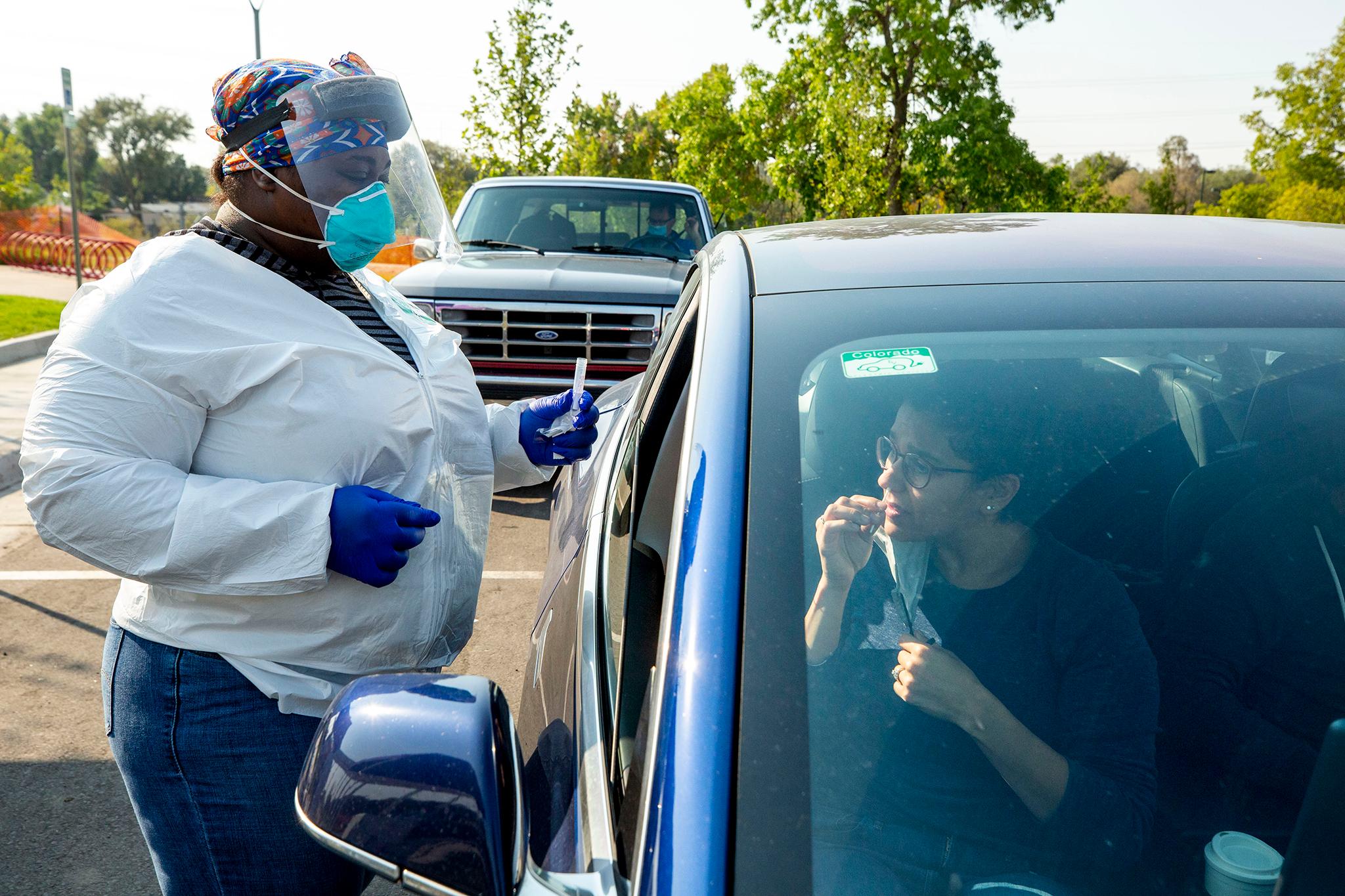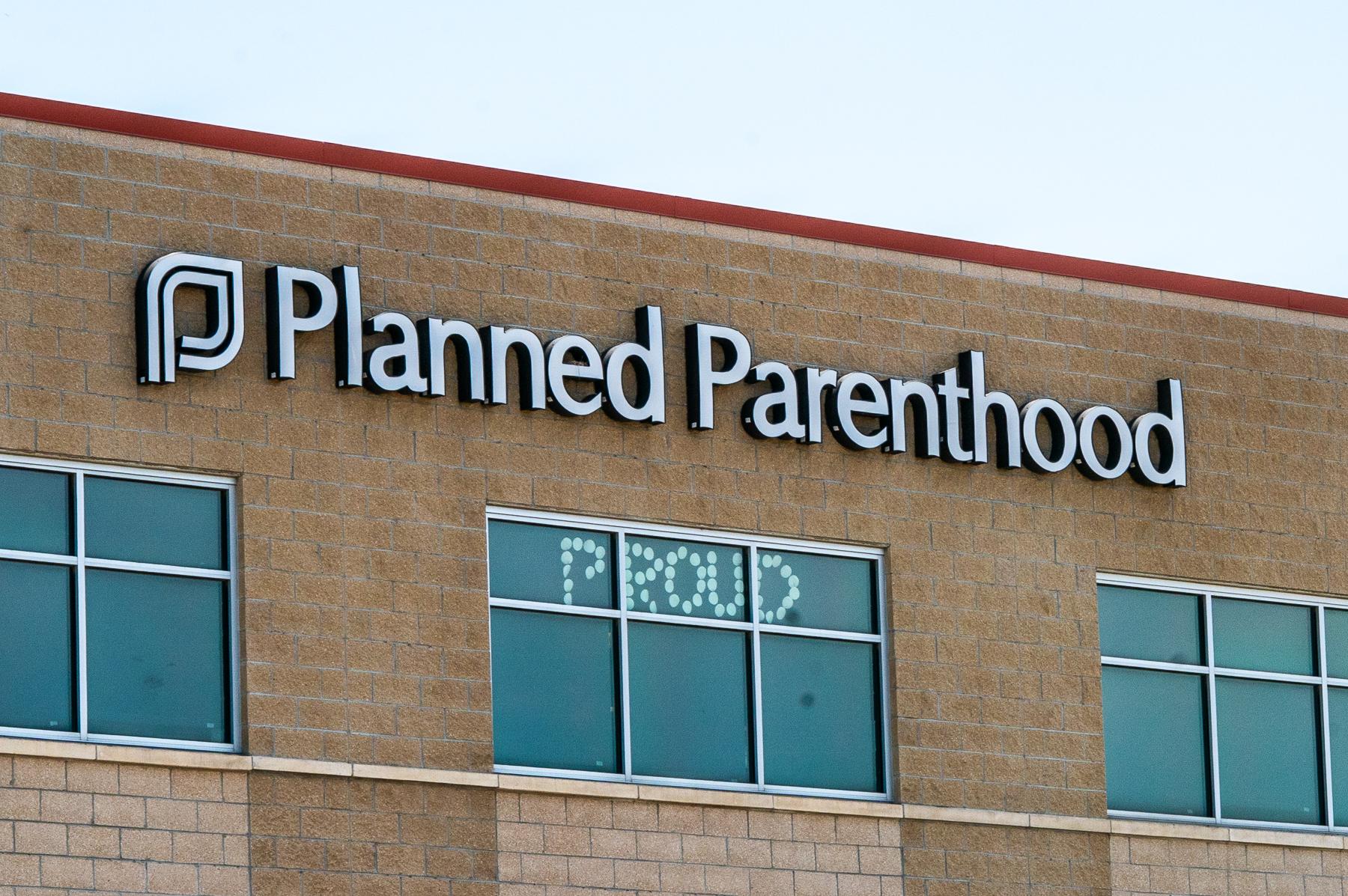
As cases of COVID-19 and rates of positive tests increase across the state, counties face tighter restrictions to control the spread.
In the last two weeks, Jefferson County has seen 174 cases per 100,000 residents, which is one case less than is permitted by the state to maintain the county’s current Level 2 restriction status.
Jeffco, like other counties, has warned they could move to more restrictions. Denver did so Friday and now requires mask-wearing in all outdoor settings and limited group gatherings to 5 people instead of 10, among other restrictions.
If COVID-19 rates don’t decrease, school children who just returned to in-person learning, like those in Adams 12, risk losing that option. The Tri-County Health Department on Friday ordered Adams County to limit public and private gatherings to reduce the surge in COVID-19 cases.
Indoor gatherings are capped at five people and 10 for outdoor gatherings. Spectators are also no longer allowed at sporting events through the Colorado High School Sports Association or at adult recreational or league sports. Only 25 people are allowed per field at recreational and league youth sports, including fans. Alcohol sales must also stop at 10 p.m.
Tri-County health has warned that Arapahoe and Douglas counties are all at risk of moving to more restrictive levels.
“It’s normal to feel exhausted by COVID-19 and the things we have to do to prevent the spread of the virus. Many of us are feeling ‘COVID-19 fatigue,’” said Christine Billings, head of Jefferson County Public Health’s Office of Pandemic Response, in a press release. “We have been carrying the weight of this pandemic for much longer than we expected. But the virus is still circulating, and we can’t give up now. We must dig deep and work together as a community to slow the spread.”
Jefferson County expected to surpass the Level 2 case limit on Friday, Oct. 16. The county has a grace period to get cases back below the limit, or the state health department may move Jefferson County to Level 3 restrictions or remove the county’s variance altogether.
The Level 3 restrictions would decrease capacity caps at restaurants, retail, houses of worship and offices from 50 percent to 25 percent, indoor events would go from a 100 to a 25 person cap and outdoor events would be capped at 75 people instead of 175. Gyms and fitness centers would also be limited to virtual-only classes, or groups of 10 or fewer outdoors only.
“As a community, we have the power to choose our next steps in the COVID-19 recovery process,” Billings said, according to the press release. “We can move forward if everyone comes together to take important prevention steps in our daily lives. We’ve curbed spikes like this before, and we can do it again.”
Mesa County had a significant spike in positive COVID-19 cases Friday — 40 cases in one day, according to data from the county's health department. The western Colorado county has had a sharp increase in cases over the last month. The state's variance requires counties to keep their positive cases under 75 every two weeks. Although coronavirus cases are on the rise, Mesa County's two-week positivity rate is relatively low at just under 3 percent.
The health department may implement stricter rules if cases continue to rise. So far, gatherings have been reduced from 500 people to 300 and alcohol sales have stopped at 12:30 a.m. Masks are also required during play at youth sports.
Colorado is experiencing its biggest rise in COVID-19 cases since late May. Governor Jared Polis Friday called this time a “critical juncture” in the state’s efforts to fight the coronavirus pandemic. The governor reiterated his concern about the growing number of cases and hospitalizations.
The state had submitted its coronavirus vaccination plan to the federal Centers for Disease Control. The plan prioritizes who would get the vaccine first. Health care workers are at the top of the list. Most potential vaccines will require two shots.









